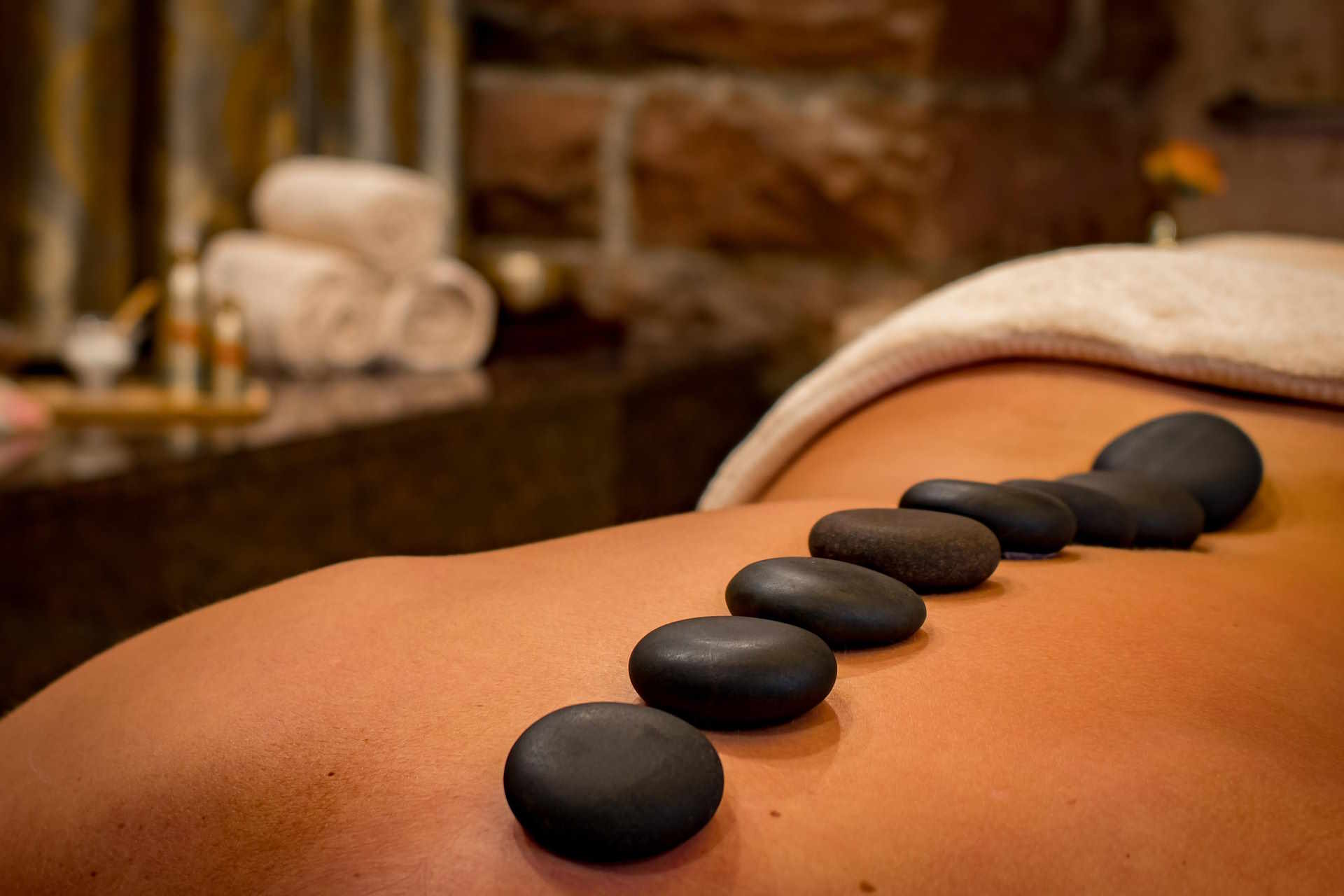Lymphatic Massage: The Forgotten Pillar of Wellness
The human body is a marvel of interconnected systems, each playing a vital role in our overall health and well-being. Among these, the lymphatic system often flies under the radar, overshadowed by more well-known bodily functions. Yet, this intricate network of vessels and nodes is crucial for maintaining fluid balance, supporting immune function, and removing cellular waste. Enter lymphatic massage, a gentle yet powerful technique that's gaining traction in the beauty and wellness world. This age-old practice is experiencing a renaissance, as more people discover its potential to enhance circulation, reduce puffiness, and promote a glowing complexion. But lymphatic massage is more than just a beauty treatment; it's a holistic approach to health that touches on multiple aspects of our physical and mental well-being.

Lymph nodes, small bean-shaped structures scattered throughout the system, act as filters, trapping and destroying harmful substances. When the lymphatic system is functioning optimally, it supports immune function, aids in the absorption of fats and fat-soluble vitamins, and helps remove cellular waste and excess fluid from tissues.
The Art and Science of Lymphatic Massage
Lymphatic massage, also known as lymphatic drainage, is a specialized technique designed to stimulate the flow of lymph fluid through the body. The practice involves gentle, rhythmic strokes that follow the natural pathways of the lymphatic system. Unlike deep tissue massage, which targets muscles, lymphatic massage focuses on the skin’s surface, where many lymph vessels are located.
The technique was developed in the 1930s by Danish physicians Emil and Estrid Vodder, who observed swollen lymph nodes in patients and theorized that stimulating lymph flow could have therapeutic benefits. Since then, lymphatic massage has evolved and gained recognition in both medical and wellness circles.
Benefits Beyond Beauty
While lymphatic massage has gained popularity in the beauty industry for its potential to reduce puffiness and promote a more sculpted appearance, its benefits extend far beyond aesthetics. Research has shown that lymphatic drainage can:
-
Boost immune function by increasing the production and movement of lymphocytes
-
Reduce swelling and edema, particularly after surgery or injury
-
Alleviate symptoms of chronic conditions like fibromyalgia and chronic fatigue syndrome
-
Improve skin texture and tone by enhancing circulation and reducing fluid retention
-
Aid in detoxification by supporting the body’s natural waste removal processes
Lymphatic Massage in Practice
Performing a lymphatic massage requires a gentle touch and an understanding of the lymphatic system’s flow. The massage typically begins at the neck, where the largest lymph ducts are located, and progresses outward to stimulate lymph flow towards these central drainage points.
Key areas of focus include:
-
The face and neck, to reduce puffiness and promote a more defined jawline
-
The arms and legs, to improve circulation and reduce fluid retention
-
The abdomen, to support digestive health and detoxification
While professional lymphatic drainage treatments are available, many practitioners encourage incorporating simple self-massage techniques into daily routines for ongoing benefits.
The Role of Lymphatic Health in Modern Wellness
As our understanding of the body’s interconnected systems grows, so does the appreciation for practices that support overall health. Lymphatic massage represents a shift towards more holistic approaches to wellness, recognizing that beauty and health are intrinsically linked.
In an age where stress, sedentary lifestyles, and environmental toxins are prevalent, supporting the lymphatic system becomes increasingly important. Lymphatic massage offers a non-invasive, natural way to boost the body’s own healing and detoxification processes.
Incorporating Lymphatic Massage into Your Routine
While professional treatments can be beneficial, incorporating simple lymphatic massage techniques into your daily routine can yield significant results over time. Here are some ways to get started:
-
Dry brushing: Use a soft-bristled brush to gently stroke the skin towards the heart, starting from the extremities.
-
Face massage: Use light, upward strokes to massage the face, focusing on areas prone to puffiness like under the eyes and along the jawline.
-
Body massage: Gently massage limbs in long, sweeping motions towards the torso.
-
Hydration: Drinking plenty of water supports lymph flow and overall health.
-
Movement: Regular exercise, especially activities that involve bouncing or jumping, naturally stimulates lymph flow.
The Future of Lymphatic Wellness
As research continues to unveil the importance of lymphatic health, we can expect to see more innovative approaches to supporting this crucial system. From wearable devices that track lymph flow to specialized fitness classes designed to optimize lymphatic function, the future of wellness may well have a strong focus on this often-overlooked aspect of health.
In conclusion, lymphatic massage represents a powerful tool in the quest for holistic health and beauty. By supporting the body’s natural detoxification processes, enhancing circulation, and promoting overall well-being, this gentle yet effective technique offers a myriad of benefits for those seeking to optimize their health from the inside out. As we continue to unravel the complexities of the human body, practices like lymphatic massage remind us of the profound interconnectedness of our bodily systems and the power of gentle, mindful approaches to wellness.




